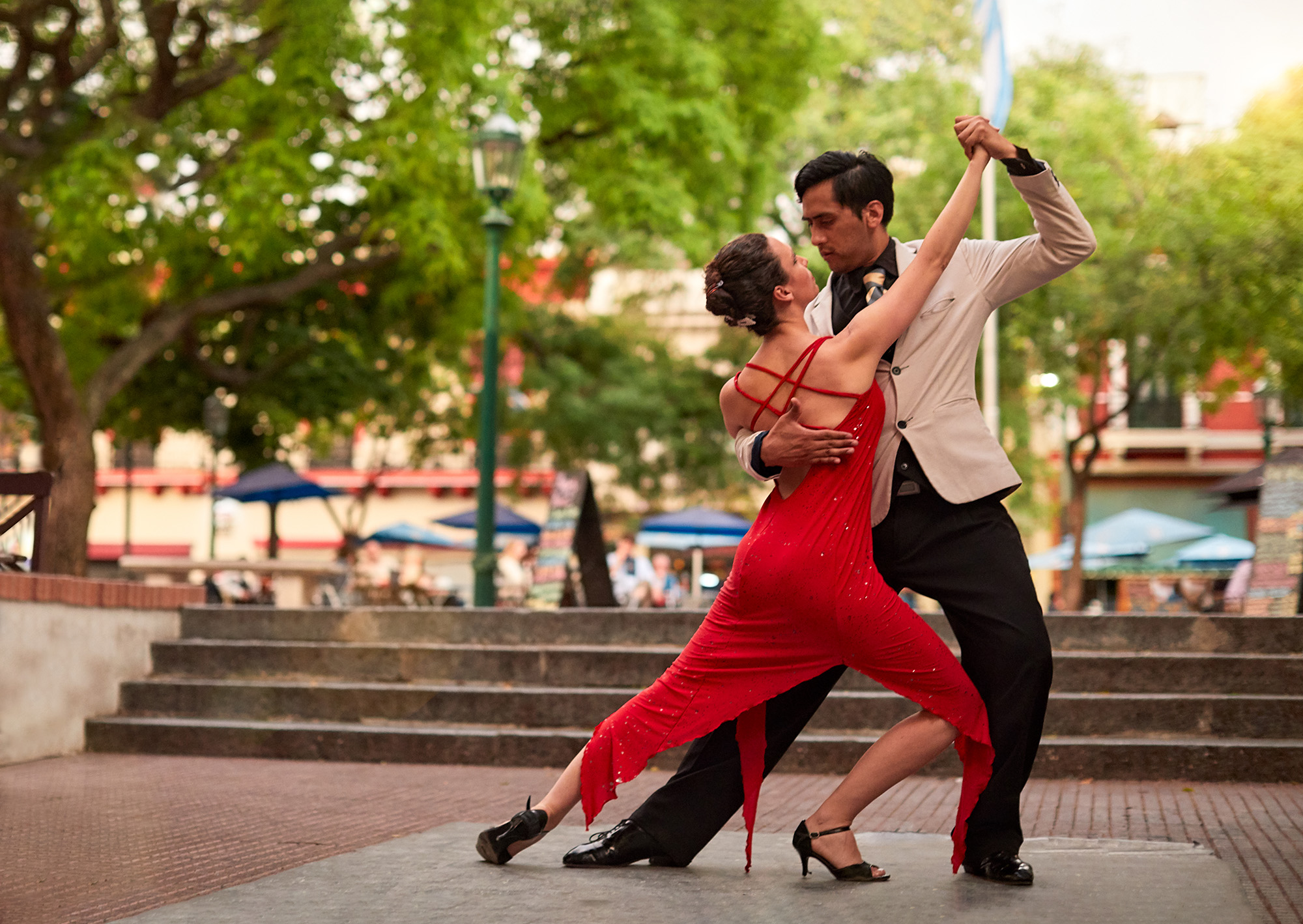All about Dance Fridays
Wiki Article
Our Dance Fridays Ideas
Table of ContentsThe Buzz on Dance FridaysA Biased View of Dance FridaysAll about Dance FridaysDance Fridays for Beginners
Dancing form Salsa training in Ecuador Salsa is a Latin dancing, connected with the music category of the very same name, which was initial popularized in the USA in the 1960s in New York City City. Salsa is a mix of Cuban dancings, such as mambo, pachanga, and rumba, along with American dances such as swing and tap. The term "salsa" was created by Johnny Pacheco in the 1960s in New York, as an umbrella term for Cuban dance songs being played in the city at the time. Salsa as a dance emerged soon after, being a mix of mambo (which was prominent in New York in the 1950s) along with Latin dancings such as Child and Rumba As American dances such as swing and tap.
The fundamental Salsa dancing rhythm includes taking 3 actions for every 4 beats of songs. Salsa professional dancers can also disintegrate to dance solo, referred to as "sparkles". The 2 primary designs of salsa are straight and round. In direct salsa, professional dancers continue to be in their "port", switching over locations from one side of the slot to the other, comparable to West Coastline Swing New Yorkstyle salsa and LA-style salsa are both danced by doing this.

Dance Fridays Fundamentals Explained
Salsa dance is a global dance that can be discovered in most urban cities on the planet - https://hearthis.at/salsacrazysf1/set/dance-fridays/. Events are held each year, frequently called a Salsa Congress, in various host cities aimed to attract a variety of salsa professional dancers from various other cities and nations - salsa crazy. The occasions bring dancers together to share their enthusiasm for the dancing, build community, and share relocations and pointersInternational Salsa Congress, 2004 at Bangalore Video clip demonstrating salsa dancing principles Over the years, several designs of salsa dance have actually advanced around the world. Many of them are suitable with each various other, yet others are various sufficient to make dancing in between professional dancers of various styles challenging. Salsa has lots of resemblances with other partner dances, the styles and skills discovered in salsa can be used to one more Latin dance like Bachata. Integrating other dancing designing strategies into salsa dance has likewise ended up being common, with dancers of one design incorporating styles and movements of others to produce brand-new fusions of dance styles.
One of one of the most prominent numbers in New York style salsa is Eddie Torres - salsa crazy (referred to as "the Mambo King"), who is credited with assisting to define the on 2 salsa timing (based on mambo) and assisting to popularize it by showing it in dancing workshops in New york city and through very early instructional tapes
Some Known Incorrect Statements About Dance Fridays
Basic step for LA style, with leader's steps in blue Salsa show dancing Los Angeles design salsa (LA style) is danced "on 1" where dancers damage forward on the initial beat of the songs, unlike New york city design which is danced on 2. LA style salsa is danced straight or "slot" with professional dancers exchanging positions throughout the dance, unlike Cuban salsa which is danced in a more circular fashion.In this pattern, the leader progressions on 1, tips to the precisely 2-3 while transforming 90 levels counter-clockwise (encountering to the left), leaving the port open. https://allmyfaves.com/salsacrazysf1?tab=Dance%20Fridays. The follower then steps easy on 5-6 and switches on 78, while the leader makes one more 90 levels counter-clockwise and slightly onward, coming back into the slot
The "Vazquez Brothers" (Luis Vazquez, Francisco Vazquez, and Johnny Vazquez) are credited for the early advancement and development of LA Style. Luiz Vazquez was the founder of Los Angeles's first salsa dancing team, Salsa Brava. salsa crazy. The Vazquez Brothers attracted influence from stage dancings such as faucet dancing and helped establish LA style's online reputation for fancy actions and acrobatics.
Later on professional dancers such as salsa dancing club san francisco Alex Da Silva, Christian Oviedo, and Liz Lira are likewise credited with developing the LA style of dancing as we understand it today. [] In Cuba, a prominent dancing called Gambling establishment was marketed as Cuban-style salsa or Salsa Cubana abroad to distinguish it from other salsa styles when the name was popularized globally in the 1970s.
The smart Trick of Dance Fridays That Nobody is Discussing
The name Gambling enterprise is obtained from the Spanish term for the casino, "Gambling establishments Deportivos" where much social dance was done amongst the better-off, white Cubans during the mid-20th century and forward. Historically, Online casino traces its beginning as a partner dancing from Cuban Child, Cha Cha Cha, Danzn and Guaracha.This means that no action is tackled the initial and fifth beats in each clave pattern and the 4th and eighth beat are stressed. This way, instead of adhering to a beat, the professional dancers themselves add in their movement, to the polyrhythmic pattern of the music. At the very same time, it is commonly danced "a tiempo", although both "on3" (originally) and "on1" (nowadays).
Report this wiki page